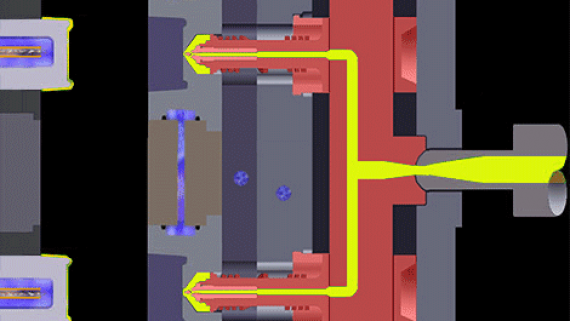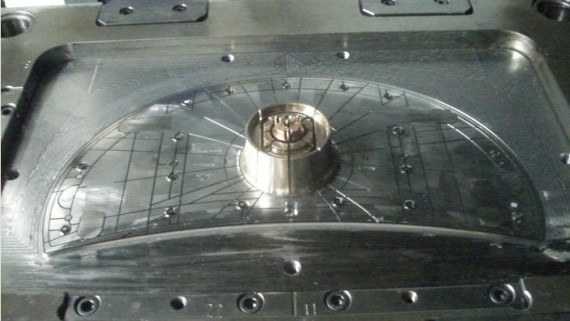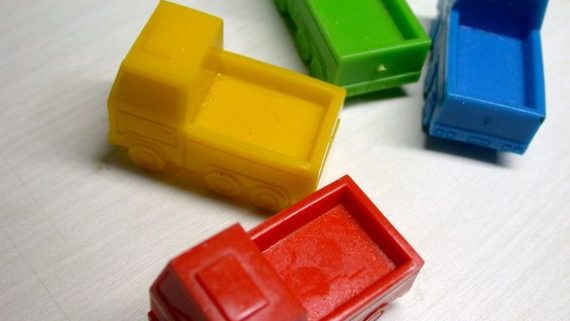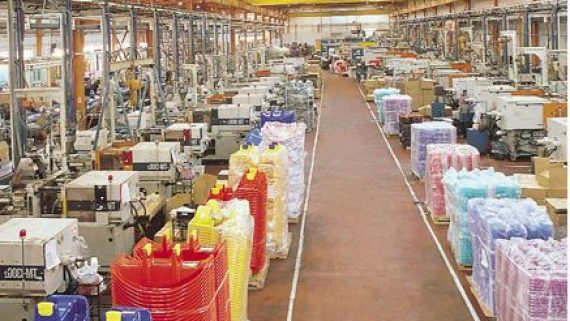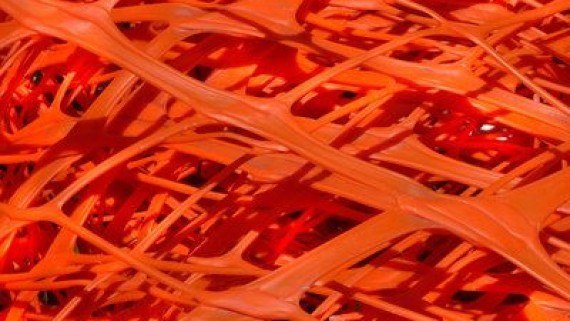When it comes to maintaining the integrity of your brand, it is crucial that you get the right color for your product. Color is highly subjective and it has a huge impact on people’s physiology and psychology. It increases your product’s appeal and perceived value. You cannot rely on the human eye to judge the accuracy of colors. People see color differently even when they’re looking at the same object.
So, in order to be accurate when coloring plastics, you need to use a variety of methods especially when you’re matching physical samples. Fortunately, we have invested in an extremely effective system to accurately measure color. It involves using a spectrophotometer and various light environments.
Using the spectrophotometer, we can measure the color of a physical sample in a plastic mould as well as check the accuracy of a color match. It could identify the precise color coordinates on a spectrum that contains millions of colors and store color references and data. Color references are constantly being added as they are created so it’s also a comprehensive library of color formulations that can be used to match a color.
When the masterbatch technician creates a color formulation in plastic moulds, it’s important that he knows what type of environment the end product is going to be used. If a particular product is intended to be used under direct sunlight, he must use the appropriate lightfast pigments in order to prevent discoloration in the product. Using a UV stabilizer is not enough to protect pigments and eventually, the colors will change when exposed to direct sunlight.
It is a common misconception that using a stable and robust manufacturing process in colorant manufacture, and using the same raw materials in equal ratios will produce the same color every time. This is incorrect.
The pigments used in manufacturing plastic mould colors masterbatches are all bought to a specification with regards to color. This specification is usually the same for all masterbatches. The difference in color between each batch of pigment and the standard is called “Delta E”. It is represented by a number which defines the color difference. The criteria in which it will pass or fail according to industry standards is a Delta E of 1. Visually, the human eye accepts this difference as a good match.
Naturally, processing errors occur once a masterbatch has been supplied. Once it’s been approved for sale after quality control, it will be within specification. It will then be supplied at a “use at percentage” that’s been recommended to exhibit a color that is extremely close to the original standard. If the actual percentage is different from the recommended use at percentage, the molded component’s color from the plastic mould will be inaccurate.
To minimize color variation, manufacturers should follow not only strict quality control but also practice maintaining a master plaque. Once the processor has verified the color, it is his responsibility to ensure that the masterbatch is accurately dosed and mixed to produce the desired color strength.


